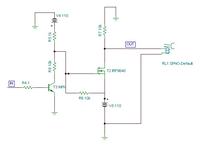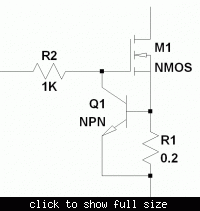vvenky88
Member level 1
Dear Friends,
I am using the IRF9640 P-channel mosfet in my circuit.I want to protect my circuit against short circuit current protection of 3A. What should i do?
i have attached the schematic for your reference...

With thanks & regards,
venkat,
I am using the IRF9640 P-channel mosfet in my circuit.I want to protect my circuit against short circuit current protection of 3A. What should i do?
i have attached the schematic for your reference...

With thanks & regards,
venkat,
Moved to Analog circuit design. Post in the right category [alexan_e]
